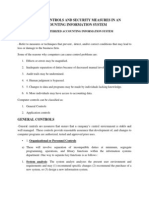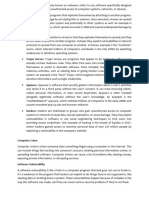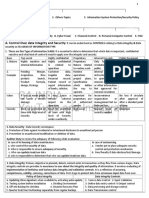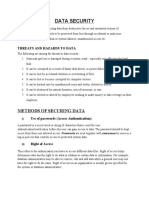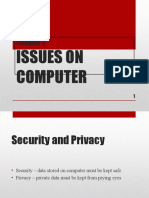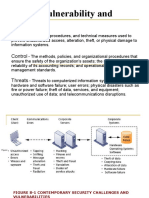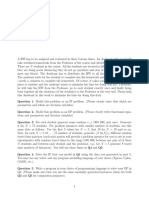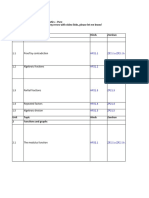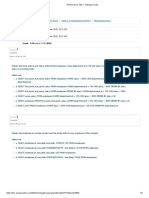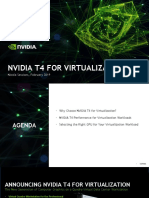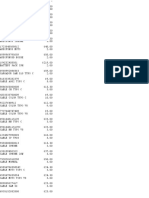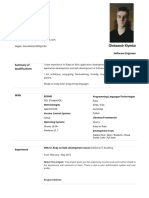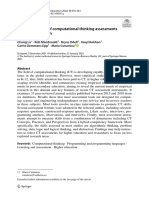0% found this document useful (0 votes)
32 views8 pagesSecurity in Database Systems
good for revision
Uploaded by
mungai.allanCopyright
© © All Rights Reserved
We take content rights seriously. If you suspect this is your content, claim it here.
Available Formats
Download as DOCX, PDF, TXT or read online on Scribd
0% found this document useful (0 votes)
32 views8 pagesSecurity in Database Systems
good for revision
Uploaded by
mungai.allanCopyright
© © All Rights Reserved
We take content rights seriously. If you suspect this is your content, claim it here.
Available Formats
Download as DOCX, PDF, TXT or read online on Scribd
/ 8




























